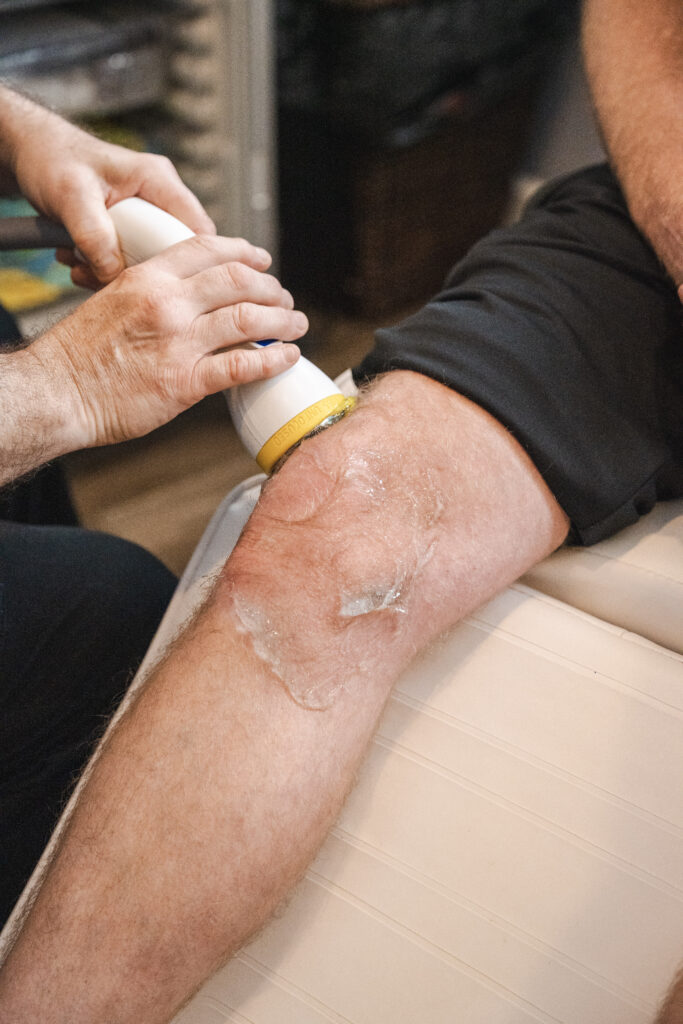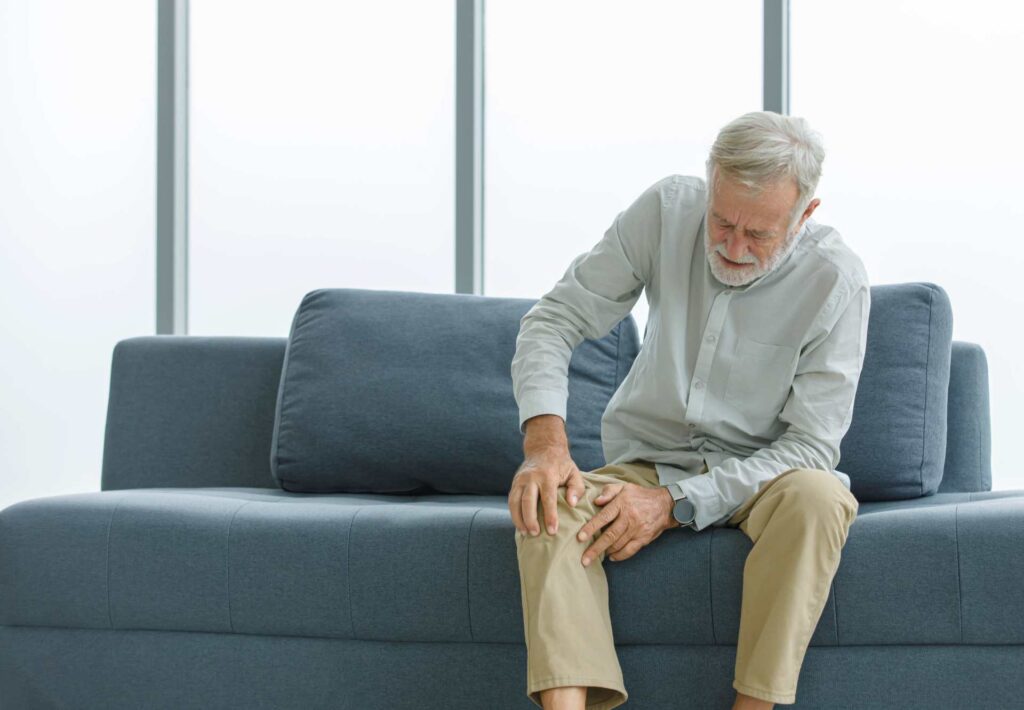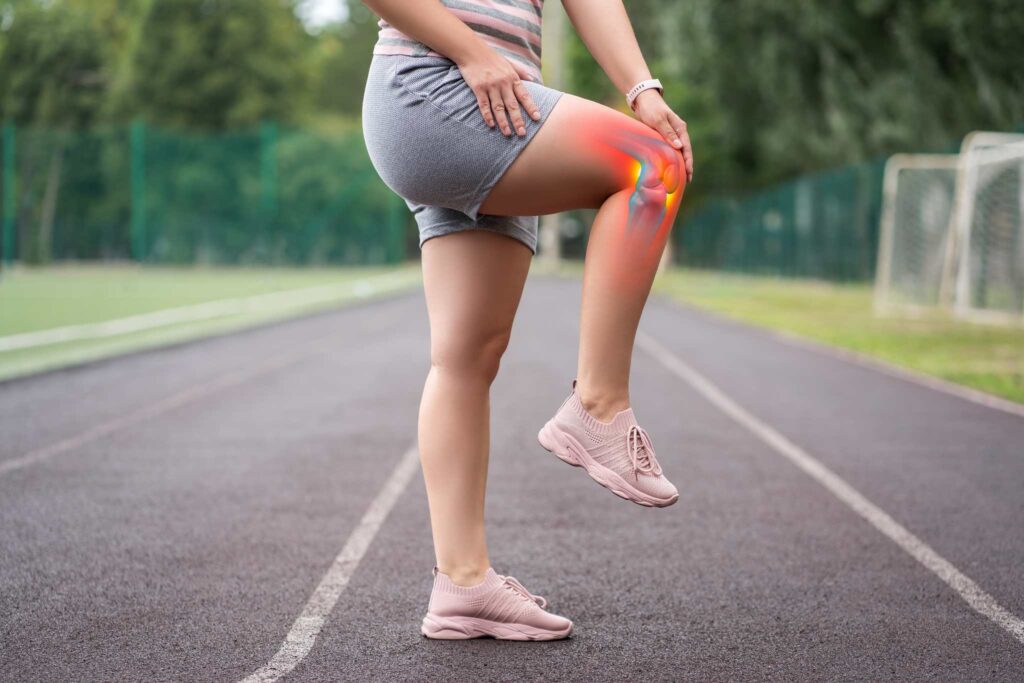SoftWave Therapy is a non-invasive treatment that uses patented technology to promote healing at the cellular level, improve blood supply, and initiate the body’s natural healing process. SoftWave is performed with a patented device called the OrthoGold, developed by Tissue Regeneration Technologies, and is available at licensed medical clinics throughout the United States. This FDA(510k) cleared technology produces powerful, unfocused shock waves delivered during treatment to an injured, scarred, or inflamed region of the body. Treatment typically takes 10-15 minutes, and no anesthesia, numbing agents, or recovery time is required.
Discover how SoftWave Therapy can help with various conditions and injuries! See SoftWave Therapy Reviews to learn more.
Benefits of SoftWave Therapy
SoftWave therapy has shown promising results in treating an array of conditions, injuries and symptoms including joint and muscle pain, overuse injuries, orthopedic conditions, neuropathies, and more. Some of the key benefits of SoftWave Therapy include:
- Improves blood supply
- Modulates inflammation
- Reduces acute and chronic pain
- Stimulates, activates and recruits resident cells
- Repairs, remodels and regenerates tissue
- Accelerates wound healing
- Induces antibacterial effect
Side Effects of SoftWave Therapy
While generally considered safe and free from side effects, SoftWave Therapy offers the advantage of no downtime, allowing patients to return to work immediately. The treatment does not cause discomfort over healthy tissue; however, some discomfort may be felt over damaged tissues. This discomfort indicates the healing process is underway. It’s important to be aware of this as a sign of effective treatment. Some potential side effects of SoftWave therapy include:
Skin redness
SoftWave therapy can sometimes cause mild irritation, leading to temporary redness in the treated area. These discolorations typically subside within a few days without requiring specific treatment.
Sensitivity or discomfort
While SoftWave is not typically painful, some individuals may experience mild sensitivity or discomfort during or after the treatment. This discomfort is usually temporary and resolves within a few hours. Communicate any concerns or unusual sensations to your healthcare provider to ensure appropriate management.
Rare complications
While rare, there are potential complications associated with SoftWave therapy. These may include blistering, swelling, infection, or changes in sensation. Understand that these adverse events are infrequent but can occur.
It’s important to note that the majority of individuals undergoing SoftWave therapy experience only mild and temporary side effects, if any. The overall safety profile of SoftWave therapy is considered favorable. However, the specific side effects and their likelihood may vary depending on factors such as the individual’s health condition, treatment intensity, and response to the therapy.
To minimize the risk of side effects and ensure a safe and effective treatment, it’s recommended to consult with a healthcare professional who can evaluate your specific situation, discuss potential side effects, and provide appropriate guidance and monitoring throughout the treatment process.
Want to Try SoftWave Therapy?
Find a SoftWave provider near you






